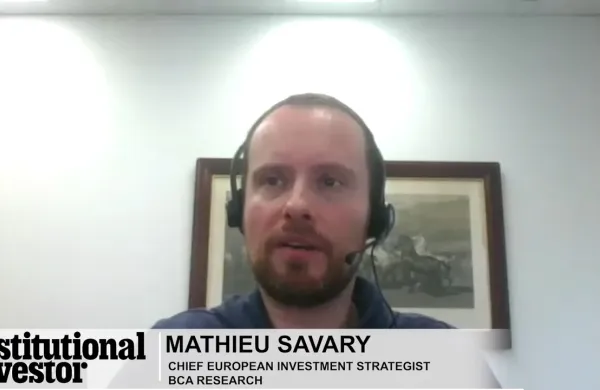The Swedish Buffer Fund Inquiry’s final report on how to improve the management of the country’s national pension fund “buffer capital” has been published. And, if you’re a pension fund governance wonk like me, you'll find it an absolutely fabulous read (...or at least the English bits scattered throughout are...).
Based on all the headlines, the big story would seem to be the Inquiry’s suggestion to shrink the number of AP Funds from five (i.e., AP1, AP2, AP3, AP4, and AP6) down to three and eliminate the venture capital oriented AP6 altogether. This will offer the consolidated funds greater economies of scale, which will minimizing costs (a large priority for the Swedes).
I might have opted for a single fund to maximize the scale economies and efficiencies, but I understand why this path was chosen; the local politics and history of the AP Fonds makes a single fund almost impossible (due to policy "path dependence"). Notwithstanding, this consolidation is a step in the right direction.
Perhaps the most interesting thing I took from this report, however, was the decision to set up a new state-level agency to oversee the AP Funds called the “Pension Reserve Board”. Apparently, the PRB will be responsible for the administration and management of the $130 billion in buffer fund capital via the newly consolidated, three AP Funds. Here’s a blurb on the PRB from the report:
“A state agency, the Pension Reserve Board, will be set up and assigned the role of asset owner (The Principal); in other words, it will represent the interests of present and future pensioners. The agency will also be responsible for determining the objective of the management of the pension reserve...The agency will also have overall responsibility for the administration of the total pension reserve. This includes overall responsibility for establishment and operation of the necessary infrastructure, support functions and portfolio management. This will lead to the creation of a responsible principal, governance and effective administration, which are currently lacking, while ensuring autonomy and independent management.
In other words, the AP Funds should be getting an engaged and active sponsor and owner. As Gordon Clark and I argued in the BFI report (see page 555 for our contribution), there seemed to be a general lack of clarity among the AP Funds as to who their actual sponsor or client was – some offered abstract conceptions of the sponsor being Swedish citizens generally, while others referred to the finance ministry or simply pointed to the language of the legal documents underpinning the buffer funds (i.e., 'regulation as sponsor'). This confusion, we felt, led to a lack of clarity as to the mission of the AP funds. For example, was their role to insure long-term pension obligations? Was it to maximize short-term returns at least cost? You get the picture.
In the end, we concluded that the existing relationship between the AP Funds and the national ‘sponsor’ was unsatisfactory and suggested that there was a missing oversight institution that could take responsibility for the entire system. This, we felt, was the most pressing issue facing the AP Funds... even more pressing than consolidation or removing the cumbersome investment rules.
Encouragingly, with the announcement of the Pension Reserve Board, it seems the BFI may have agreed... And that's a very good thing for the future of Sweden's national pension system.






